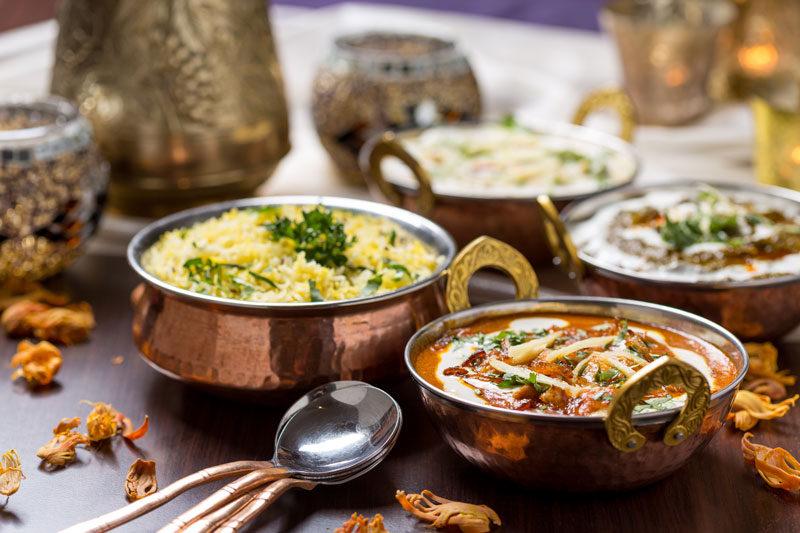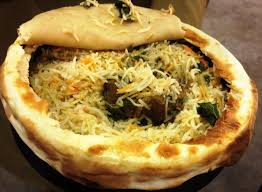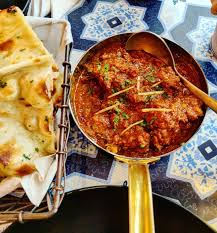BEST FRUITS FOR WEIGHT LOSS

Fruit is nature's ready-made snack packed with vitamins, fiber, and other nutrients that support a healthy diet.
Fruit is also generally low in calories and high in fiber, which may help you lose weight.
In fact, eating fruit is linked to a lower body weight and a lower risk of diabetes, high blood pressure, cancer, and heart disease.
Here are 11 of the best fruits to eat for weight loss.
What do you eat on the grapefruit diet?
As you might expect, this plan goes far beyond the common practice of simply eating one grapefruit a day.
“The golden rule is to eat half a grapefruit at every meal,” Dr. Oz explained.
This “dosage” has proven effective in university research and at Dr. Petrucci’s Pennsylvania clinic.
To maximize the benefits of the citrus, Dr. Petrucci has dieters round out meals with unlimited veggies, plus healthy servings of metabolism-boosting protein, anti-inflammatory grains, and hunger-killing natural fats.
With her helping hand, it’s pretty easy to learn how to do the grapefruit diet.
Just figure out whether you prefer eating grapefruit after meals or before them, and then you’re ready to proceed.








